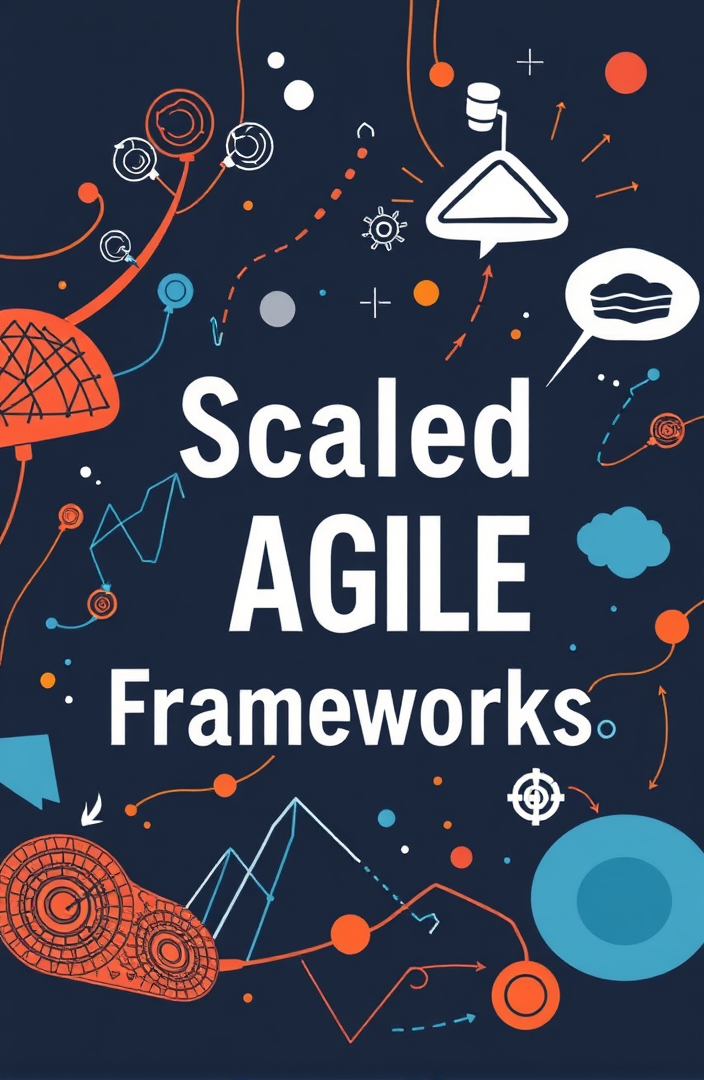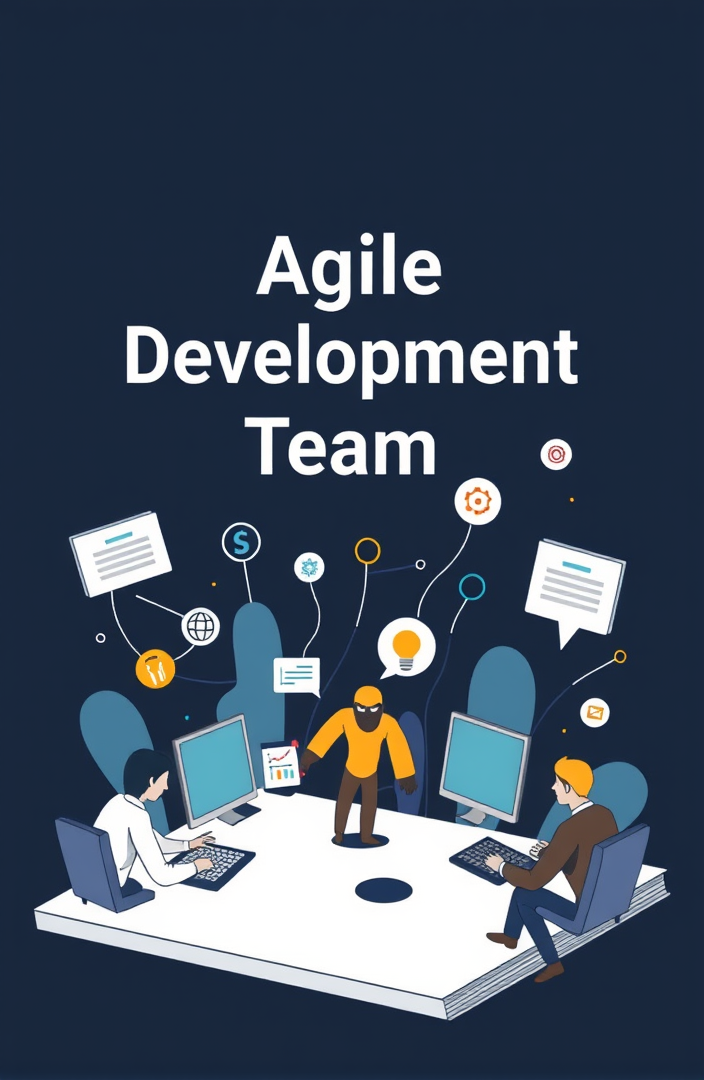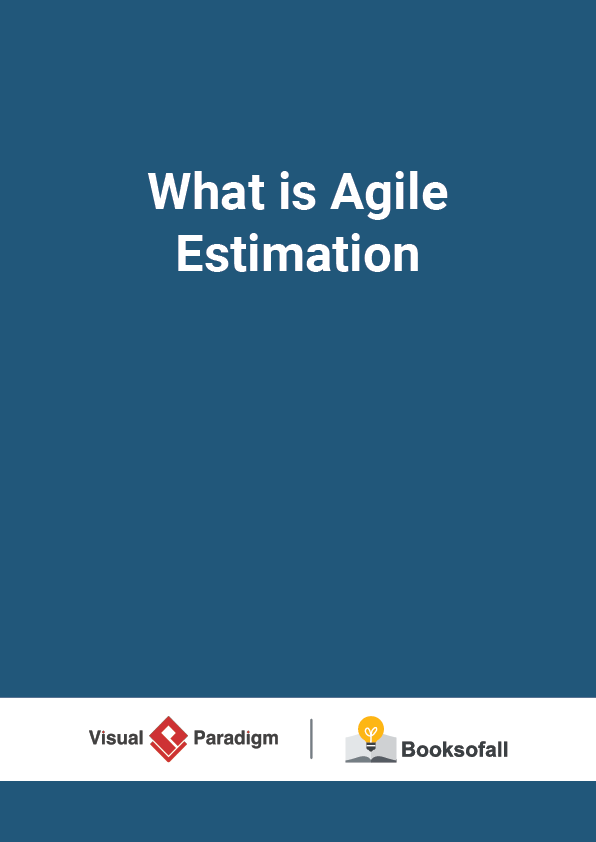What is Planning Poker in Agile?
6-8 minutes
Effective estimation is one of the toughest challenges software developers face in their jobs. Regardless of team size, they need to define, estimate, and distribute work throughout a team. As teams get larger, it becomes even more important to build good habits around planning and estimating work. Lack of planning and estimating reduce confidence in a program, breaks down relationships between the team and the business, and makes development harder on everyone.
The Accuracy of Group vs. Individual Estimation
According to some study on the accuracy of estimation of effort between individual and group in an experiment for a software project. 20 software professionals from the same company individually estimated the work effort required to implement the same software development project. The participants had different background and roles and the software project had previously been implemented. After that, they formed five groups. Each group agreed on one estimation by discussing and combining of the knowledge among them.
Result – The estimates based on group discussions were more accurate than the individual estimates.
What is Planning Poker?
Planning poker (also known as Scrum poker) is a consensus-based, gamified technique for estimating, mostly used to estimate effort or relative size of development goals in software development.
Scrum Planning Poker
Steps for Planning Poker
- To start a poker planning session, the product owner or customer reads an agile user story or describes a feature to the estimators. For example: “Customer logs in to the reservation system” “Customer enters search criteria for a hotel reservation”
- Team members of the group make estimates by playing numbered cards face-down to the table without revealing their estimate (Fibonacci values: 1,2,3,5,8,13,20,40)
- Cards are simultaneously displayed
- The estimates are then discussed and high and low estimates are explained
- Repeat as needed until estimates converge
Scrum Planning Poker steps
By hiding the figures in this way, the group can avoid the cognitive bias of anchoring, where the first number spoken aloud sets a precedent for subsequent estimates.
Agile Estimation – Relative vs Absolute
An estimate is nothing more than a well educated guess. We use all the knowledge and experience at hand to make a guess about the amount of time it is going to take. So instead of looking at every new work item separately, why not compare it to previously finished work items? It’s easier for humans to relate to similar items than to guess the actual size of things anyway.
For example, is it closer to this really small thing? Or is it more like this normal sized item? Or is it really huge like that one piece of work we finished last month? Doing relative estimates will not only reduce the amount of time spent on estimating work, it will also heavily increase the accuracy of the estimates.
Our brain is not capable of doing absolute estimates; we always put that new thing that we need to estimate in relationship to things we already know.
Fibonacci sequence and Planning Poker
Planning Poker uses of the Fibonacci sequence to assign a point value to a feature or users tory. The Fibonacci sequence is a mathematical series of numbers that was introduced in the 13th century and used to explain certain formative aspects of nature, such as the branching of trees. The series is generated by adding the two previous numbers together to get the next value in the sequence: 0, 1, 1, 2, 3, 5, 8, 13, 21, and so on.







![What is Agile Software Development_ [Quick Guide]](https://www.booksofall.com/wp-content/uploads/2022/05/What-is-Agile-Software-Development_-Quick-Guide-01.png)



